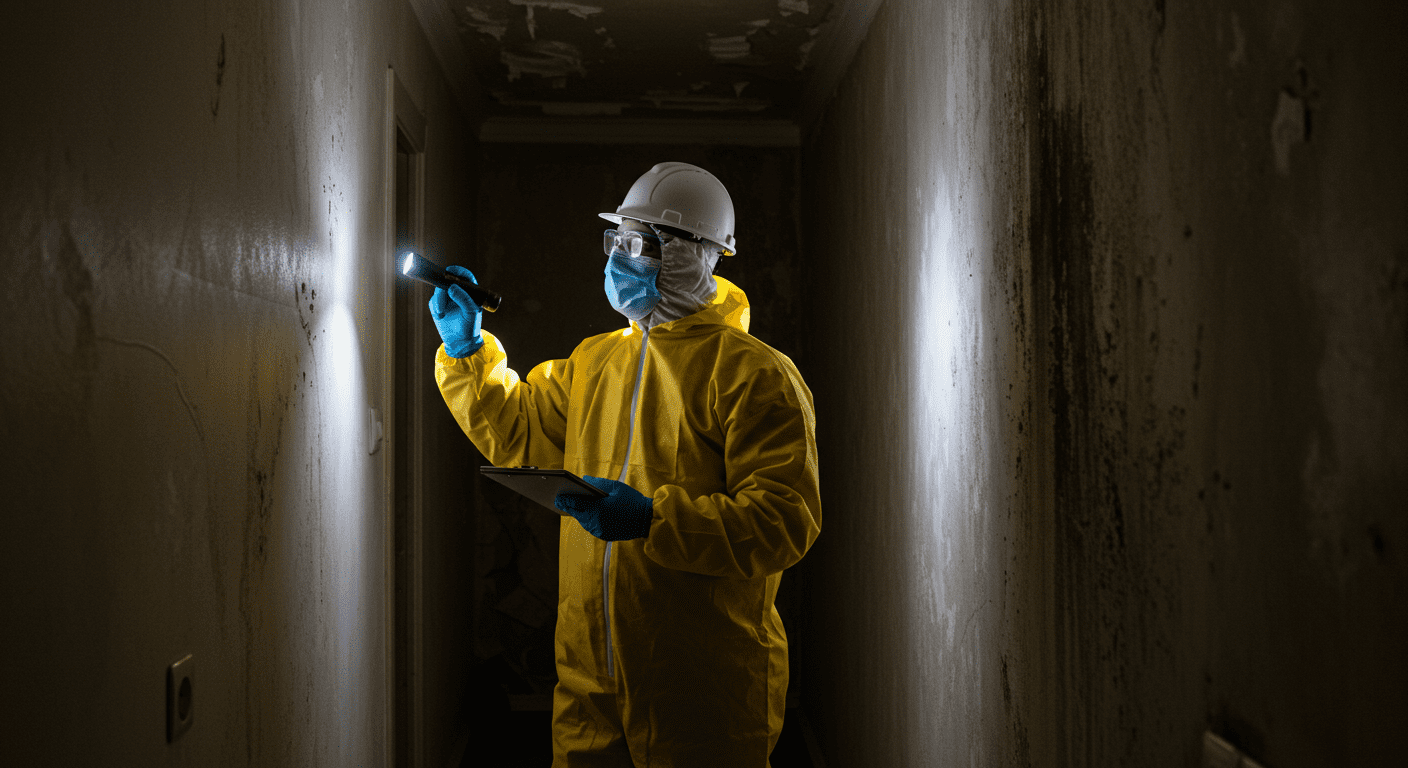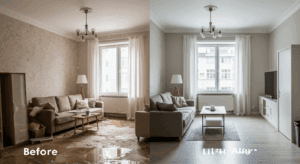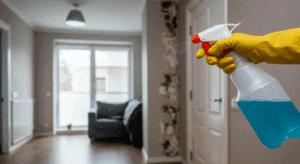Mold in house walls is a common yet serious issue that homeowners in New Braunfels, TX, often face. The warm and humid climate of the region creates the perfect environment for mold growth, which can lead to structural damage and health problems if left unchecked. This comprehensive guide will walk you through understanding mold growth, identifying signs of its presence, and exploring effective remediation strategies to keep your home safe and healthy.
Understanding Mold Growth in House Walls
Importance of Addressing Mold Issues
Mold is not just an aesthetic problem; it can compromise the structural integrity of your home and pose significant health risks. Mold thrives in damp and poorly ventilated areas, making house walls a prime target, especially after water damage or leaks. Ignoring mold growth can lead to respiratory issues, allergies, and even long-term health complications for your family. Addressing mold issues promptly ensures a healthier living environment and prevents costly repairs in the future.
Common Types of Mold Found in Homes
In New Braunfels, TX, the most common types of mold found in homes include black mold (Stachybotrys), green mold (Cladosporium), and white mold (Aspergillus). Black mold is particularly concerning due to its potential toxicity, while green and white molds can also cause allergic reactions and respiratory problems. Understanding the type of mold in your home is crucial for determining the appropriate remediation approach.
Signs of Mold Presence in Your Home
Visible Mold Growth
One of the most obvious signs of mold in your house walls is visible growth. Mold often appears as black, green, or white spots and can spread quickly if not addressed. Pay close attention to areas near windows, doors, and plumbing fixtures, as these are common entry points for moisture. If you notice discoloration or peeling paint, it could be a sign of hidden mold growth behind the walls.
Unpleasant Odors and Health Symptoms
Mold often emits a musty odor that can be particularly noticeable in enclosed spaces. If you or your family members experience unexplained allergies, coughing, or skin irritation, mold could be the culprit. These symptoms are often more pronounced in individuals with asthma or weakened immune systems. Addressing the root cause of these odors and symptoms is essential for maintaining indoor air quality.
For more insights on identifying mold issues, check out Top Signs of Mold in Your San Antonio Home: How to Identify and Address Mold Issues.
Mold Inspection and Testing Services
What to Expect During a Mold Inspection
A professional mold inspection involves a thorough assessment of your home’s interior and exterior to identify sources of moisture and mold growth. Inspectors use specialized tools like moisture meters and thermal imaging cameras to detect hidden mold behind walls. They may also take air samples to measure mold spore levels and determine the extent of contamination.
Benefits of Professional Mold Testing
Professional mold testing provides accurate results and helps identify the specific type of mold present in your home. This information is crucial for developing an effective remediation plan. Additionally, professional testing ensures that all affected areas are identified, reducing the risk of recurring mold problems.
If you’re dealing with mold after water damage, read Essential Guide to Mold Removal After Water Damage for detailed guidance.
Effective Mold Remediation Strategies
Steps for Safe Mold Removal
Mold remediation involves several steps to ensure safe and effective removal. First, the affected area is isolated to prevent the spread of mold spores. Next, contaminated materials like drywall and insulation are removed and properly disposed of. The area is then cleaned with specialized mold-killing solutions, and air scrubbers are used to remove airborne spores. Finally, the space is dried thoroughly to eliminate moisture and prevent future growth.
Preventing Future Mold Growth
Prevention is key to avoiding mold problems in the future. Regularly inspect your home for leaks and repair them promptly. Ensure proper ventilation in areas like bathrooms and kitchens, and use dehumidifiers to maintain optimal indoor humidity levels. Additionally, consider using mold-resistant paint and materials during renovations to minimize the risk of mold growth.
For more prevention tips, explore Comprehensive Guide to Mold Removal and Prevention in San Antonio, TX: Protect Your Home Today!.
Conclusion
Mold in house walls is a serious issue that requires immediate attention, especially in the humid climate of New Braunfels, TX. By understanding the causes of mold growth, recognizing the signs of its presence, and taking proactive steps for remediation and prevention, you can protect your home and family from its harmful effects. Whether you’re dealing with visible mold or suspect hidden growth, professional inspection and remediation services are your best bet for a safe and healthy living environment.
For a list of trusted professionals, check out Top Mold Remediation Companies in New Braunfels, TX: Comprehensive Solutions for a Healthier Home.




